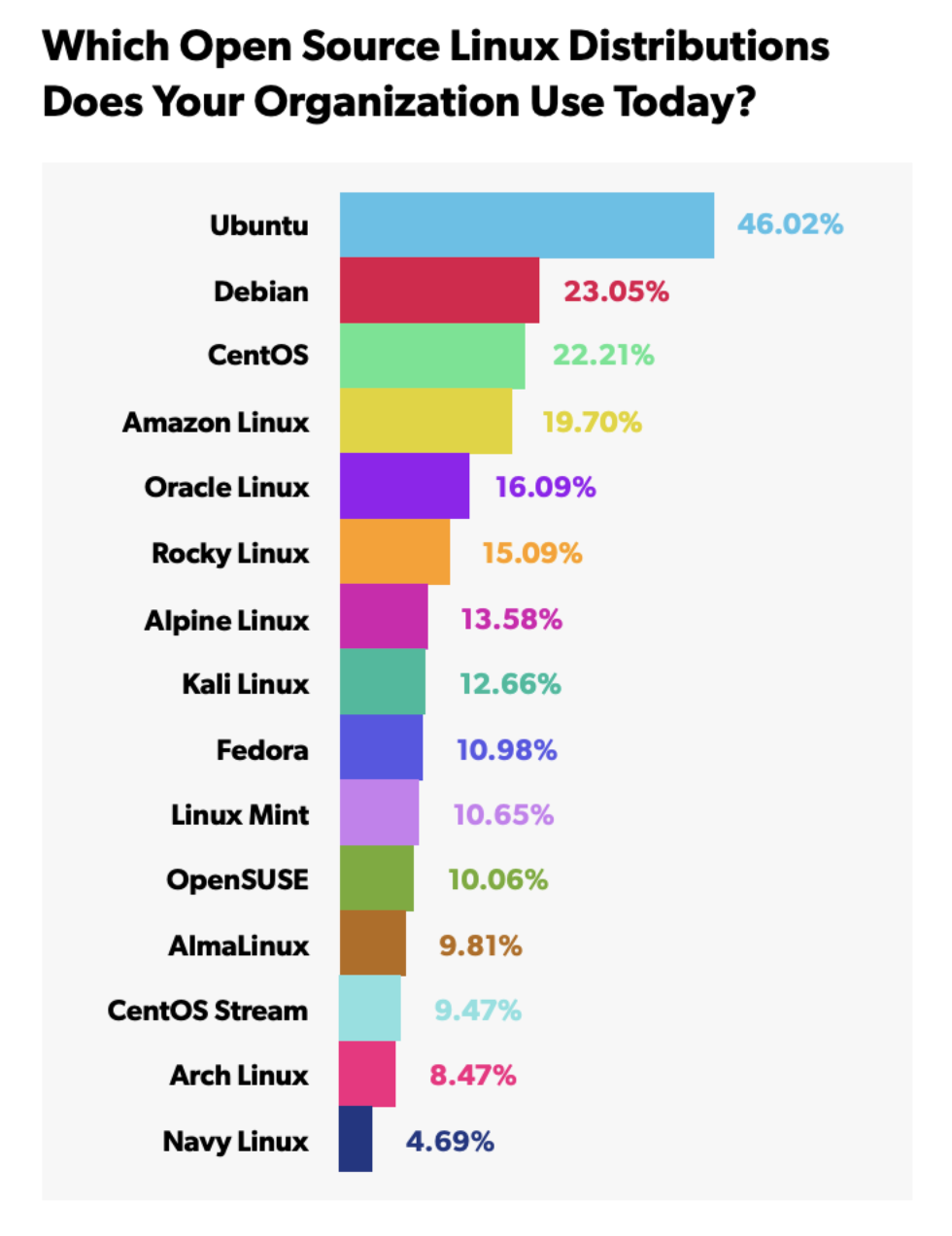

I can almost assure you, it was not considered.
Nutanix is a mature platform, but more importantly, they’re a mature vendor, which means support contracts with SLAs.


I can almost assure you, it was not considered.
Nutanix is a mature platform, but more importantly, they’re a mature vendor, which means support contracts with SLAs.


Not everyone has a safety deposit box, or the ability to access a proper and secure off-site storage.
And if you’re just keeping those in your house, then fire, flood, and other incidents can destroy all copies at once.


Nah, I’m with you, except I use BitWarden.
There are somethings either worth paying someone else to host, or where you trust a 3rd party more than you’re own setup. I realize other users may feel different, but ultimately it’s a judgement call
BW has been a pretty great opensource company, and it’s worth my $10/yr for premium.


TBF I’ve never configured an Arch system from scratch, so maybe it’s me that’s missing out.
The thing about Fedora that got me to stop switching, was that it just felt more adult then the various and fashionable Ubuntu based distros, or any other well regarded distro I used over the years. The right mix of stability and new features/support, pretty much out of the box.
Also, after tweaking Gnome a little bit for a more Windows 10 dock/bar style launcher/menu, it’s been perfect for me. Think I’ve been rolling with it since 38 now.
Anyways, best of luck with your new box.
Do whatever works best for you.
I will say that after years and years of regularly switching workstation and laptop distros for a variety of reasons, after finally giving Fedora a shake, I’m done. I’ve installed it on both my primary laptop and desktops and can’t imagine switching again.
But I am still sticking with Debian as my primary server base.
Oh, just FYI I don’t game, so if there are some HDR features for gaming you’re hoping for, I can’t speak to that.
Running Fedora with dual HDR monitors just fine, but it’s entirely possible that something is off that I’m not catching. They’re also running off my Nvidia GPU.
I’ll just add that they look the same as when I used to run Win10 on the same box.
I think the real question is, what do you want to repurpose it for?
Because the answer to your question is yes, it is usable, but whether or not it’s capable of what you want to use it for, we can’t say without more information.
Linux installation appears to be possible. This is a wiki to an Arch on ARM distro, but you might want to look for something a bit more user friendly if you’re not comfortable with Arch.
https://archlinuxarm.org/platforms/armv7/rockchip/hisense-chromebook-c11#installation
Just remember, it’s a fairly low spec machine. Think of it like a Raspberry Pi with a keyboard and monitor built in, in terms of what you can hope to run on it.


I will admit that I also use Shizuku, but I only enable it for short bursts when I need access for a very select number of precise use cases. Immediately afterwards, I reboot.
I also assume that if I spent any amount of time digging into it, I would realize it’s a bad idea, but nothing’s perfect.
And don’t assume that all apps allowing Shizuku access were developed securely, or that there all developers have good intentions. Really I only use it for Swift, or if I’m really behind on my updates, I’ll briefly allow Droidify access for hands off updating.


Please read the many write-ups by developers of well regarded privacy and security ROMs, such as grapheneOS and divestOS.
Who detail in great length why root access is a bad idea, and why many apps that require root access, are just poorly developed security nightmares.
That said, I agree that it should be an option, or at least a standardized means of enabling it. As well as all bootloaders should be unlockable. But phones are more personal devices than the PC ever was, and there are good reasons NOT to push for the proliferation of standardized root access.


There are probably more authoritative sources that have performed similar surveys or studies, but this was a recent one.
https://www.openlogic.com/blog/top-enterprise-linux-distributions
It was also the first relevant result that I clicked on, and it more or less lined up with my own anecdotal experiences working with a very diverse assortment of businesses, SMB through large enterprise.
If you don’t want to click on that link, or read through it, here is a graph with the results:



That’s a bold assumption for a global enterprise software company. Especially one that doesn’t exclusively target IaaS environments.


RHEL, Ubuntu, & Debian cover the vast majority of enterprise installs I imagine, and provide a solid testing base for developers in the Linux business software space.
Maybe you add Gentoo, some post-CentOS clones/forks, or other more niche industry/workload specific distros, but how you do skip Debian?


lol.
Just search for Purism customer support experiences.
I’m honestly amazed there hasn’t been a fraud, or some other consumer protection type criminal investigation.
All that baggage, and their hardware is also laughably outdated and overpriced.
Which is unfortunate, because the concept is amazing and clearly there’s a sizable market for it.
Here is an example of just ONE flavor of Purism customer experiences:
Announce current gen hardware and current pricing.
Customer pays
Customer receives hardware 5 years later, after being told approx. 362 times that cancellation refunds are down, or unable to be processed.
Customer tries to immediately return the 5 year old laptop that was just delivered and is told “No Returns”
There are other variations that you can read about on various forums.


No, it’s a way to say that Mint has become bloated and not a great experience.
I just switched to Fedora from Mint, and was impressed.


I recently switched my main Linux laptop to Fedora and I have to say, it’s probably the most stable and clean distro I’ve ever used.


They don’t say who was targeted, but I bet this is a backdoor way to infiltrate specific projects. So if they have a list of 163 projects they see a benefit in gaining some sort of access to, they then compile a target list from the relevant developers/contributors to all of those projects, and go from there.
This isn’t the type of campaign that can be spammed to anyone and everyone both due to logistics and to minimize exposure of the tools being used.


Exactly. There’s no way that could ever go tits up.
Depends. Are either of those companies bootstrapping a for-profit startup and trying to dupe people into contributing free labor prior to their inevitable rug pull/switcheroo?
Depends on what your metrics are. If they are for longevity and long-term business health, sure.
But I don’t think that’s how they’re measuring success. They are maximizing shareholder value in the short term, and any medium to long-term problems will be concerns for another set of C-Suite vultures as the current ones will have already moved on, or retired with their golden parachutes.